Choosing the Right Firearm for Concealed Carry: A Guide for Women
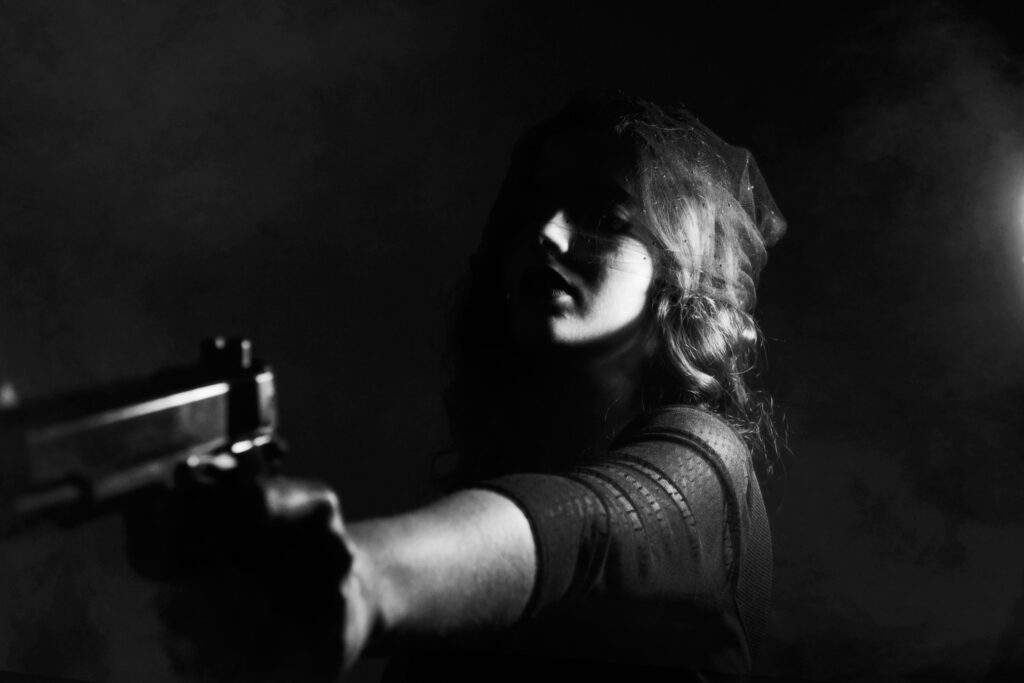
Choosing your first firearm for self-defense can be a daunting task, especially if you’re new to shooting. The plethora of options and the various factors to consider can make the process overwhelming. It’s important to remember that finding the right firearm for concealed carry is a personal journey, and it might take some trial and error before you find the perfect fit. Here, we’ll guide you through some key considerations and steps to help you make an informed decision.
1. Understanding Your Needs
Before diving into the specifics of firearms, take a moment to understand your needs and preferences. Ask yourself:
- Why do you want a concealed carry firearm?
- What is your level of experience with firearms?
- Do you have any physical limitations or preferences that might affect your choice?
2. Importance of Fit and Comfort
The most crucial factor in choosing a concealed carry firearm is how it feels in your hands. A firearm that fits well will be more comfortable to shoot and easier to control. Here are a few tips:
- Grip Size: Ensure the grip fits comfortably in your hand. You should be able to reach the trigger with the pad of your index finger without straining.
- Weight: A heavier firearm can reduce felt recoil but may be more cumbersome to carry daily.
- Ergonomics: Look for features like textured grips, ambidextrous controls, and slide serrations that enhance comfort and usability.
3. Try Before You Buy
If possible, visit a shooting range where you can rent and try out different firearms. This hands-on experience is invaluable in helping you understand what feels right for you. Better yet, if you can have an instructor guide you through the process, it will make the experience less overwhelming and more informative. They can provide expert advice on stance, grip, and shooting techniques, ensuring you get the most out of your test runs.
4. Consider Caliber and Recoil
The caliber of the firearm significantly impacts its recoil and shooting experience. Here’s a breakdown of popular calibers:
- .380 ACP: Known for its manageable recoil and ease of concealment, it’s a popular choice for many women. However, it may lack stopping power compared to larger calibers.
- 9mm: Offers a good balance between manageable recoil and stopping power. It’s widely available and comes in a variety of firearm sizes.
- .40 S&W and .45 ACP: These larger calibers offer more stopping power but come with increased recoil, which can be challenging for beginners.
5. Size Matters
When it comes to concealed carry, size is a critical factor. You need to find a balance between concealability and shootability:
- Subcompact: Easier to conceal but may have more recoil and less capacity.
- Compact: Offers a balance between concealability and capacity, with more manageable recoil.
- Full-Size: Best for shootability with reduced recoil but harder to conceal.
6. Holster and Carry Method
Your choice of holster and carry method also plays a significant role in your overall comfort and accessibility. Consider the following:
Your choice of holster and carry method also plays a significant role in your overall comfort and accessibility. Consider the following:
- Inside-the-Waistband (IWB): Offers better concealment but may be less comfortable.
- Outside-the-Waistband (OWB): More comfortable but harder to conceal.
- Carry in Your Purse: Provides easy access and convenience but requires a dedicated compartment and practice to ensure quick retrieval.
- Ankle, Shoulder, and Belly Band Holsters: Alternative options depending on your clothing and comfort preferences.
7. Safety Features
Safety is paramount when handling firearms. Look for safety features that you are comfortable with, such as:
- Manual Safeties: Allow you to engage or disengage the safety manually.
- Trigger Safeties: Prevent the firearm from discharging unless the trigger is fully pressed.
- Grip Safeties: Require a firm grip on the firearm to disengage the safety.
8. Training and Practice
Owning a firearm comes with the responsibility of proper training and regular practice. Enroll in a self-defense shooting course to learn the basics of firearm handling, safety, and shooting techniques. Regular practice at the range will help you become more proficient and confident with your chosen firearm.
9. Legal Considerations
Ensure you are familiar with the laws and regulations regarding concealed carry in your area. These laws vary significantly from state to state and can affect where and how you carry your firearm.
Choosing the right firearm for concealed carry is a personal and often iterative process. Don’t be discouraged if you don’t get it right the first time. Focus on finding a firearm that feels comfortable in your hands, fits your lifestyle, and inspires confidence. By trying out different options, seeking professional guidance, and prioritizing safety and training, you’ll be well on your way to making an informed and empowering choice for your self-defense needs.
Remember, the best firearm for you is the one that you are most comfortable and proficient with. Take your time, do your research, and practice regularly. Your safety and confidence are worth the effort.

Stay connected with us on Facebook and Instagram for more self-defense tips, safety insights, and empowering content tailored to help women walk their path with confidence. Let’s keep the conversation going. Join us today!


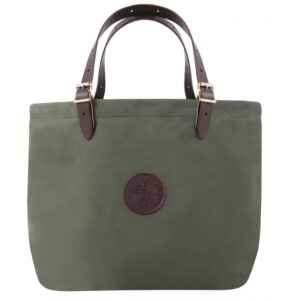
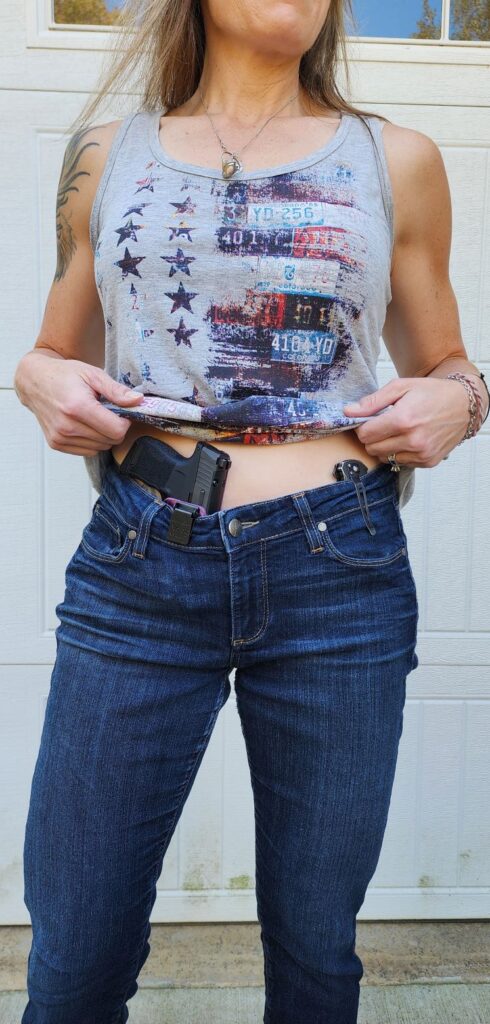
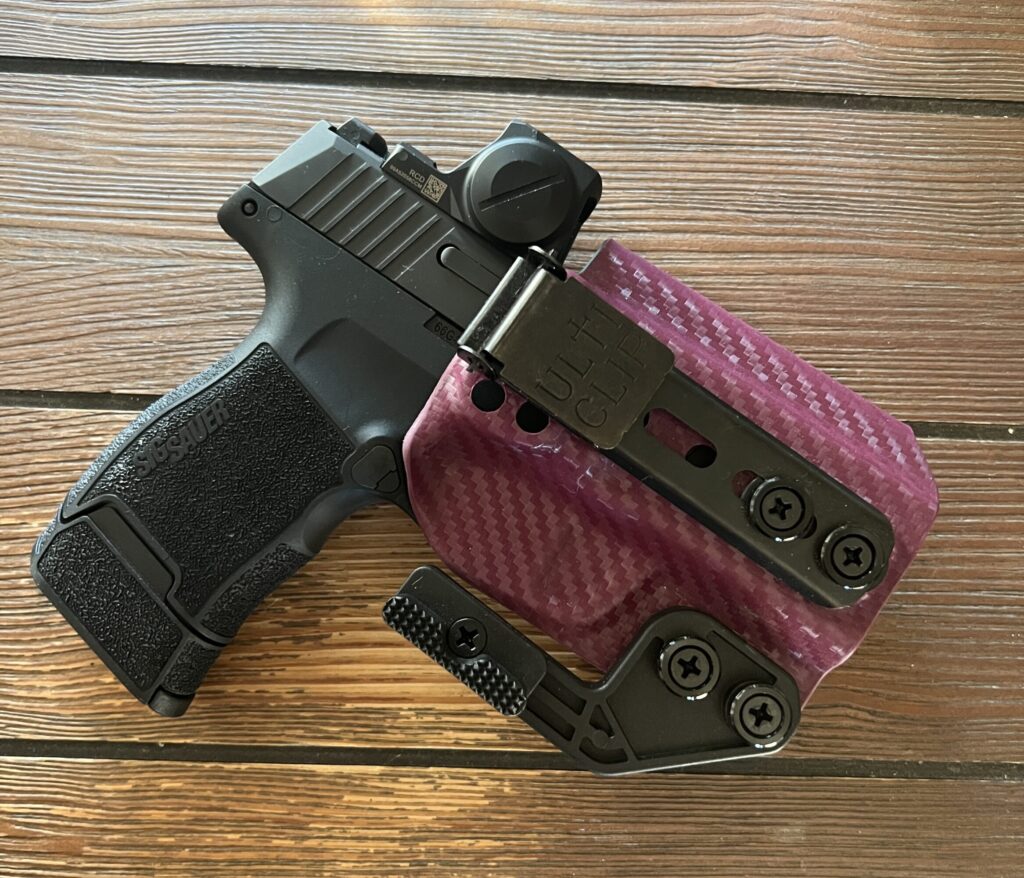
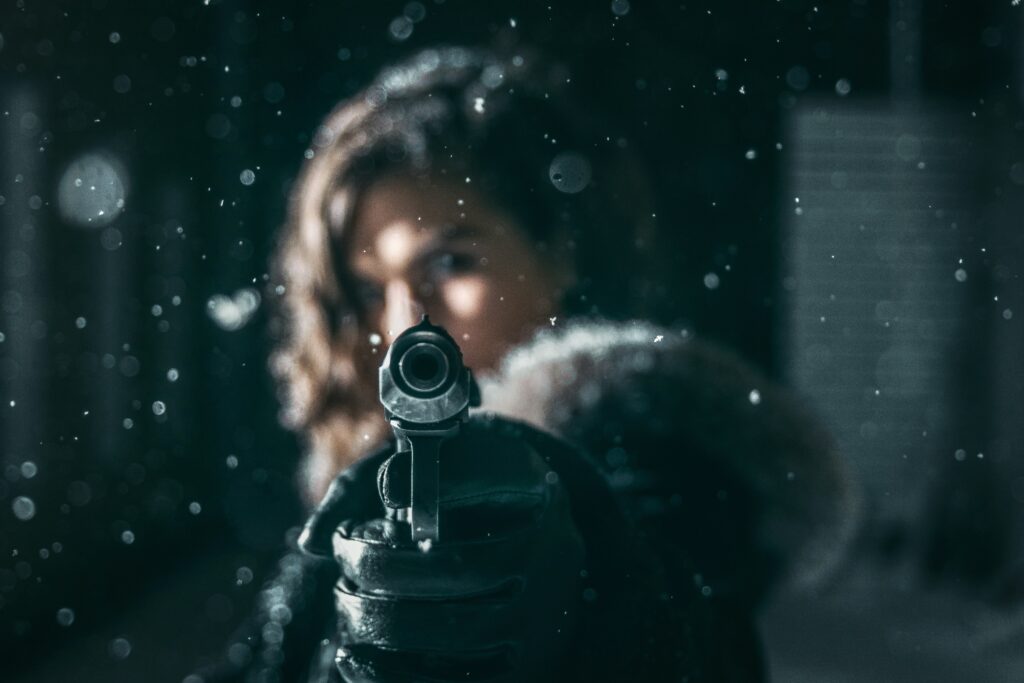

Responses